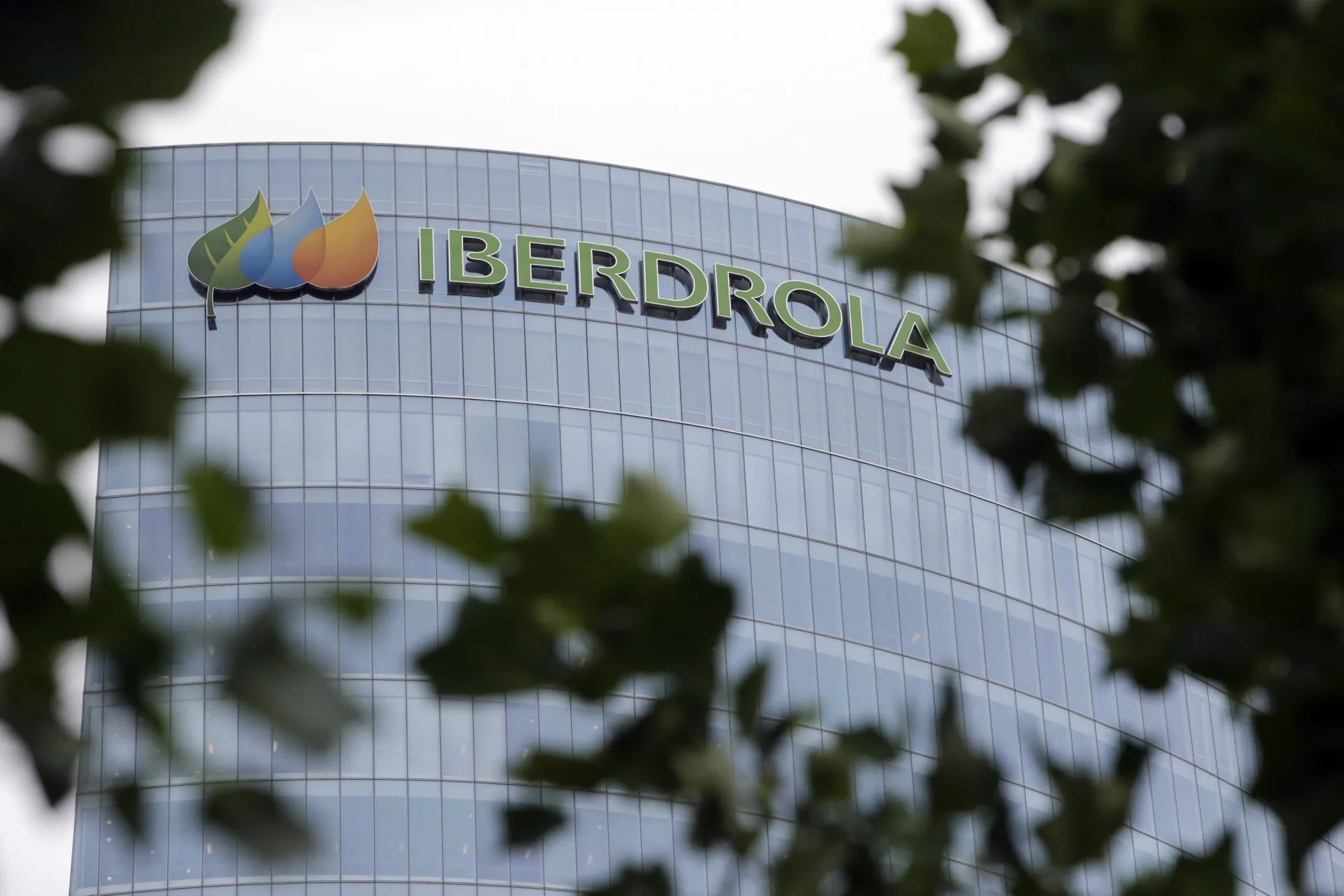Key Impact Points:
- Massive Investment Needed: Annual global investment for net-zero goals ranges from $5 trillion to $7 trillion, but current investment is less than $2 trillion.
- High Cost of Capital: Financing costs can account for up to half the investments needed for green projects due to high risk.
- Innovative Financing Solutions: De-risking instruments and financial learning could save $50 trillion globally through 2050.
Deloitte’s Report on Green Energy Transition outlines the urgent need for strategic financing to achieve net-zero greenhouse gas emissions by 2050. The transition requires substantial investment, with projections indicating a need for $5 trillion to $7 trillion annually, yet current investments fall short, at less than $2 trillion per year.
High Cost of Capital: Financing green projects is costly due to high perceived risks, which inflate the cost of capital. This high cost of capital can make up as much as 50% of the total investment needed for green projects.
Change the World - Subscribe Now
Innovative Financing Solutions: To bridge this gap, innovative financing tools and de-risking instruments are essential. These can reduce systemic and project-specific risks, potentially unlocking $40 trillion in savings. Additionally, financial learning effects—where investors and lenders improve their understanding of green projects over time—can further lower costs. Deloitte’s analysis suggests these strategies could cumulatively save $50 trillion by 2050, making the green transition more affordable and achievable.
Focus Areas to Mitigate Green Financing Premium
- Macro Risks: Political and regulatory risks.
- Market Risks: Commercial and economic uncertainties.
- Technical Risks: Performance and infrastructure challenges.
- Financial Risks: Difficulties in accessing capital due to market limitations.
Bridging the Cost Gap
- Research and development, upfront investment support, and operational premiums can make green projects more competitive.
- Phasing out fossil fuel subsidies and facilitating the transition for workers in greenhouse gas-intensive industries are critical steps.
Call to Action
Policymakers, investors, development financial institutions, and international organizations must collaborate to reshape the project finance environment. They need to fully incorporate green energy transition in their capital strategies, adapt new assessment methods for green projects, and set up mechanisms to support initial green energy projects. The window for achieving net-zero targets is closing rapidly, and immediate action is required to ensure a just and affordable energy transition.
For more detailed insights, visit Deloitte’s report.
Related Article: Philippines Secures $500M for Coal Transition to Renewable Energy












